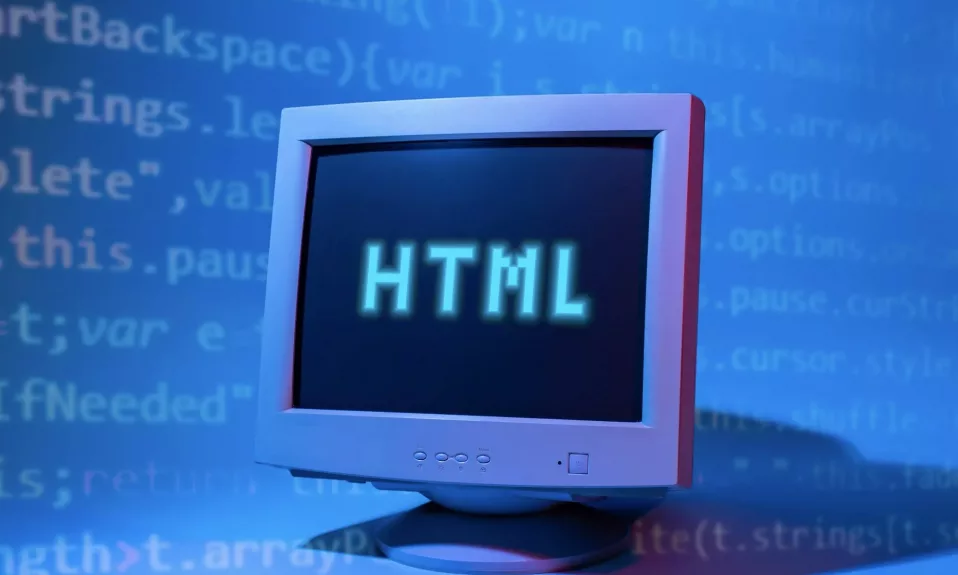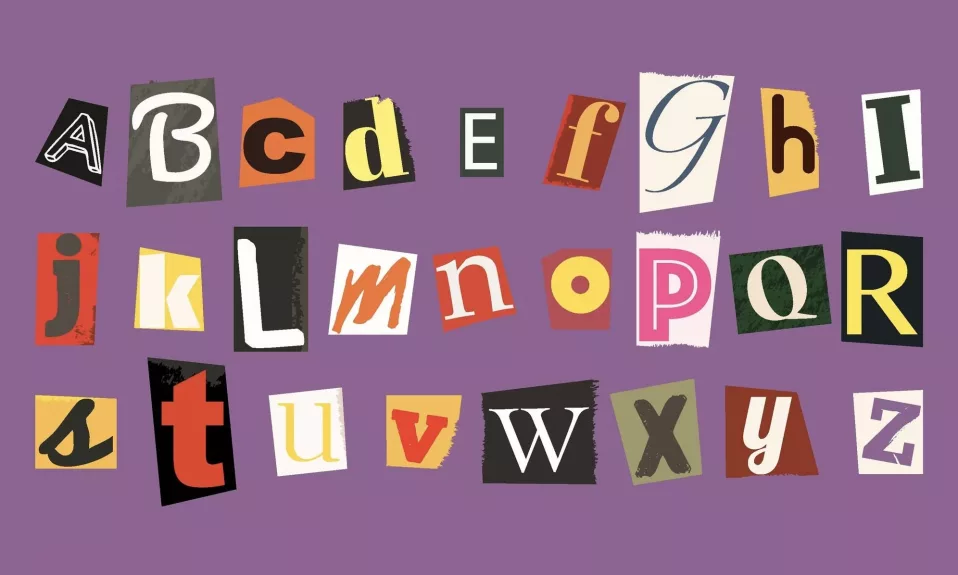Introduction: Two Types of Email Categories
In digital marketing, emails play a significant role in reaching out to customers. Emails can be categorized into two basic types: HTML emails, which are colorful and stylish, and Plain Text emails, which focus on text-based content with fewer design elements. When using an email service provider like EmailOctopus, you don’t need to code these emails manually – simply utilize the drag-and-drop editor. In this article, we’ll discuss the benefits and drawbacks of both HTML and Plain Text emails, along with some examples and tips for choosing the right format for your campaign.
An Overview of the Features of Each Type of Email
HTML Emails
- Pros: HTML emails allow you to add designs, layouts, colors, and more, making your content visually engaging. These types of emails are often used for product promotion, event invitations, and newsletters. You can experiment with various designs to encourage recipients to perform the required action.
- Cons: HTML emails may have larger file sizes that aren’t supported by certain email inboxes (e.g., Gmail). Additionally, they might display differently across inboxes since each email service interprets HTML/CSS uniquely. This could lead to inconsistencies in appearance and user experience.
Plain Text Emails
- Pros: Plain Text emails are simple and straightforward, focusing on delivering the message without any added design elements. They’re commonly used for transactional emails such as order confirmations and password resets. Moreover, because of their simplicity and lack of potentially malicious elements, they’re less likely to be flagged as spam by filters.
- Cons: Despite their straightforward format, Plain Text emails do not provide tracking capabilities, which limits data collection and makes it difficult to assess the success or failure of email campaigns. They also lack unique fonts, inline links, and other design features that might make them more aesthetically pleasing.
Finding a Balance: Styled HTML Emails Resembling Plain Text
Some companies opt for a middle ground approach by using HTML emails styled to look like Plain Text. An example of this is the onboarding email by Superhuman – an email that’s essentially HTML but has been designed to resemble Plain Text. By adopting this approach, you can benefit from the tracking capabilities of HTML while maintaining the simplicity and focus of Plain Text emails.
Comparing HTML and Plain Text Emails: When to Use Each Format?
HTML Emails and Plain Text Emails serve different communication purposes. Consider the following scenarios when deciding which format to use:
- When visuals are important: If your email requires visually appealing elements such as designs and typefaces, then HTML Emails are the better choice. They’re well-suited for showcasing products, sharing event details, or presenting newsletter content in a visually engaging manner.
- When simplicity is key: Plain Text Emails are ideal when simple communication is more important than aesthetic design and tracking. They work well for transactional emails or straightforward updates sent to subscribers.
- In-between cases: For those who want the best of both worlds – simplicity and tracking – choose HTML emails styled to look like Plain Text, as demonstrated by Superhuman’s onboarding email.
Conclusion: Selecting the Right Email Format for Your Campaign
The choice between HTML Emails and Plain Text Emails ultimately depends on your specific requirements and use case. It’s essential to consider the purpose of your email communication and prioritize either design and tracking (HTML Emails) or simplicity and deliverability (Plain Text Emails). Experiment with both formats, find the optimal balance based on your audience engagement, and see which approach yields the best results for your business.










